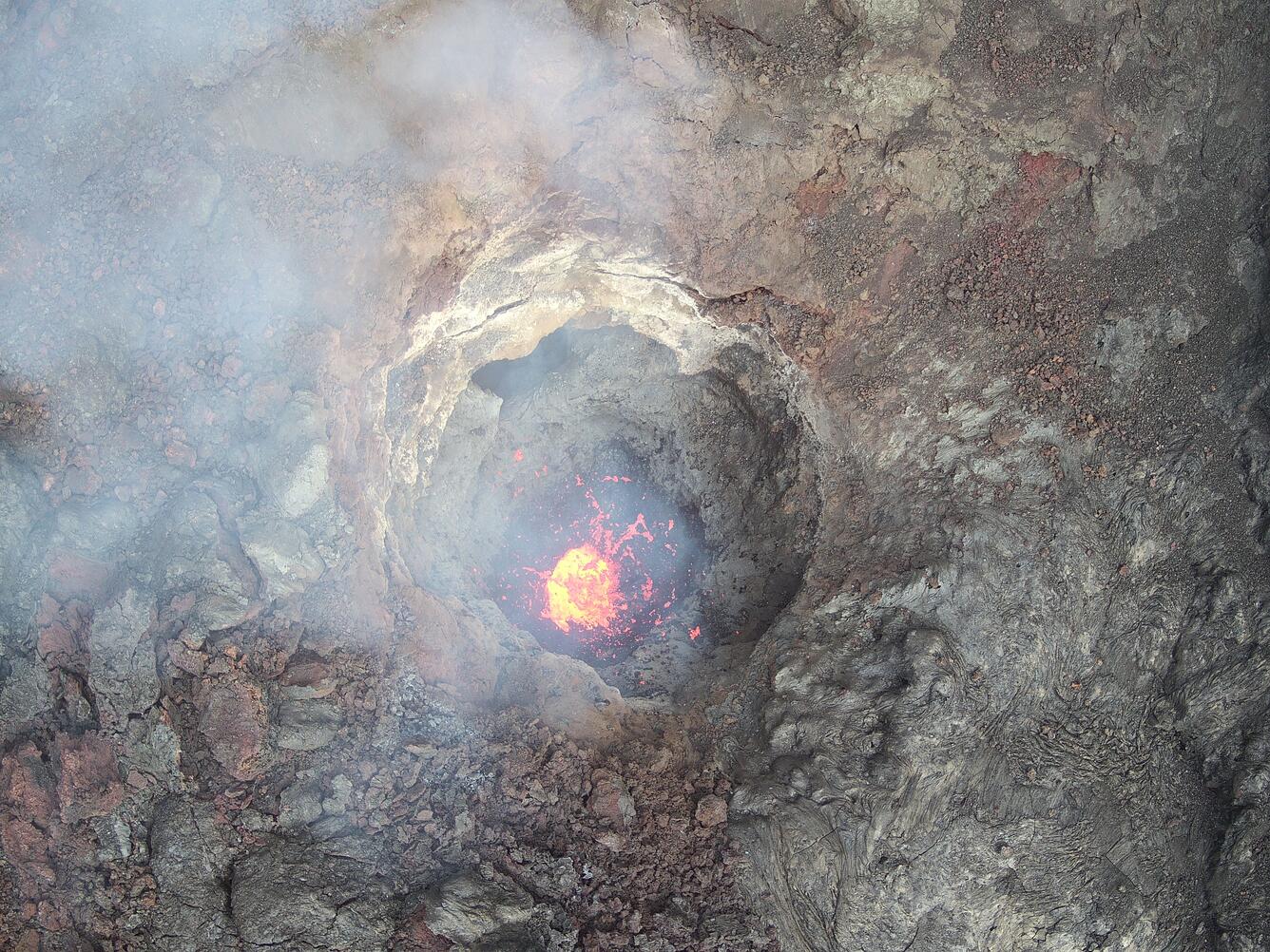Photo & Video Chronology — April 18, 2025 — New Kīlauea summit interferogram and UAS mission photos
A new interferogram shows deformation at Kīlauea volcano during the pause between episodes 17 and 18 of the ongoing summit eruption.
Get Our News
These items are in the RSS feed format (Really Simple Syndication) based on categories such as topics, locations, and more. You can install an RSS reader browser extension, software, or use a third-party service to receive immediate news updates depending on the feed that you have added. If you click the feed links below, they may look strange because they are simply XML code. An RSS reader can easily read this code and push out a notification to you when something new is posted to our site.





